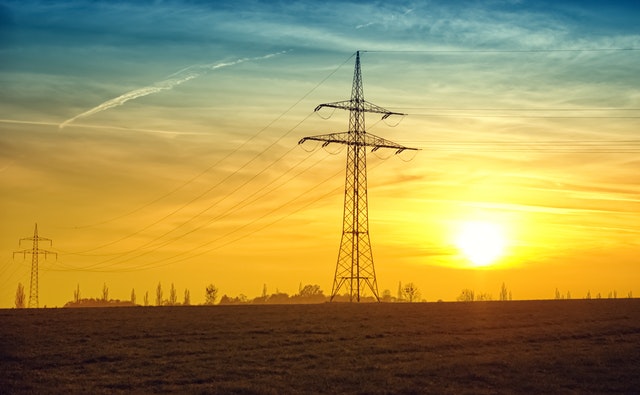What is nuclear electricity and the way does nuclear electricity work?

Nuclear power guarantees low CO2 emissions and can make a nice contribution to the climate goals. What is nuclear electricity, how does nuclear energy work and what’s a nuclear power plant?
What is nuclear power?
Nuclear energy is electricity generated by way of nuclear reactions related to atomic nuclei. Nuclear power is the warmth released after the fission of atomic nuclei of uranium. It may be heavy atomic nuclei or the fusion of mild atomic nuclei. The splitting of heavy atomic nuclei is known as nuclear fission and the fusion of light atomic nuclei is referred to as nuclear fusion.
How does nuclear strength work?
When generating nuclear energy, uranium atoms are break up in the reactor. The splitting of heavy atomic nuclei guarantees that the atomic nuclei are split into several lighter nuclei. During the fission of the atomic nuclei, huge amounts of strength are released. These uranium atoms produce warmness. This heat is used to make steam that drives the turbine and therefore strength is generated. The fission of a kilogram of uranium can even generate 23 million kWh of power.
What is a nuclear power plant?
A nuclear strength plant is a strength plant in which the gas is uranium, in preference to coal. The electricity is generated with the electricity released throughout the fission of atomic nuclei (nuclear fission) in nuclear reactors. Nuclear strength plant life do now not produce any CO2 and there are approximately 440 nuclear strength flora running global.
How does a nuclear energy plant paintings?
The operation of a nuclear energy plant is much like that of a traditional electricity plant. The splitting of atomic nuclei continually takes location in a nuclear reactor. Every nuclear electricity plant has the sort of nuclear reactor, wherein cooling water is heated to high pressure and temperature. A turbine and a generator then convert the launched heat into electricity.
Is a nuclear strength plant dangerous?
Nuclear fission produces atomic particles. These also are referred to as nuclear fission merchandise. The atomic nuclei of these fragments are volatile and are radioactive. It can take a long time for those particles to turn out to be solid. It is therefore essential that the processing of nuclear fission waste takes region in a secure manner.
There are as a minimum 4 obstacles among the radioactive waste inside the nuclear gas and the outside international. Nuclear energy vegetation also have many protection structures to quick prevent the fission system in an emergency and to chill the center.
Processing and garage of radioactive waste
According to investigate, radioactive waste should be saved for at the least a hundred,000 years to get rid of the radioactivity. In the interim, options are being sought for everlasting garage, as an example under the Earth’s crust or underneath the seabed. Science and generation aren’t yet ready to render the material harmless, additionally known as transmutation.
Most of the radioactive waste from uranium is reused as uncooked material. This is called reprocessing. The vain radioactive residues are combined with some sort of strong glass mildew. This is referred to as glazing. Other radioactive waste, for instance from hospitals, is saved above floor and has misplaced its radioactivity after one hundred years.
Consequences of nuclear waste and nuclear power
The danger of radioactive waste relies upon on the radiation, also known as the dose. A small amount won’t be dangerous, but a big quantity can cause harm to DNA in cells. In the short time period, the effects are frequently no longer sizeable, because radiation can not be felt. But in the long run, most cancers or leukemia can increase. A very excessive dose can reason burns and nausea.
Besides the fact that radioactive radiation is dangerous for the surroundings and for public health, the outcomes of a likely nuclear catastrophe are incalculable. In addition, the power of nuclear strength reasons a fear in lots of humans because nuclear power can be used for military functions.
Nuclear electricity and the environment
According to the national government, nuclear power can contribute to the climate goals. This is because while generating nuclear power, little or no CO2 is launched. Fossil fuels are used when constructing a nuclear strength plant and extracting the uncooked material uranium, but now not whilst producing nuclear strength.
The imminent shortage of fossil fuels and the gradual improvement of different sustainable energy assets, consisting of solar power and hydropower, mean that nuclear power is visible as a great period in-between solution.



Leave a Reply